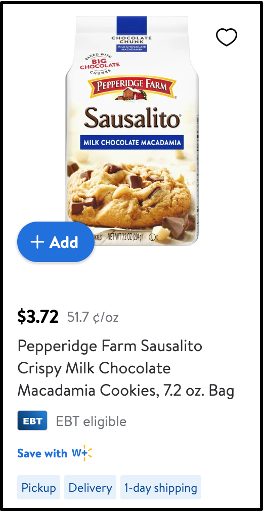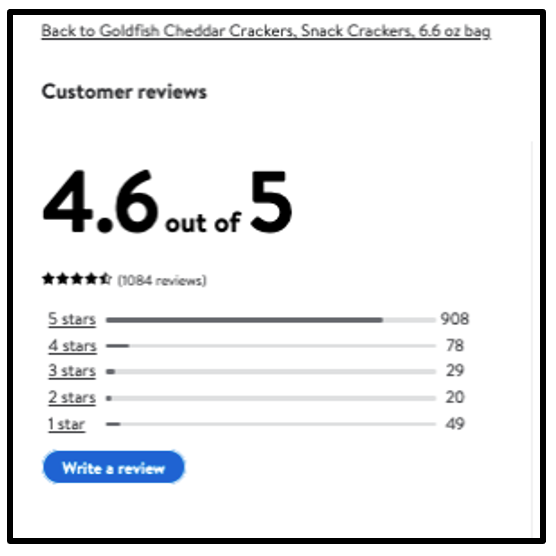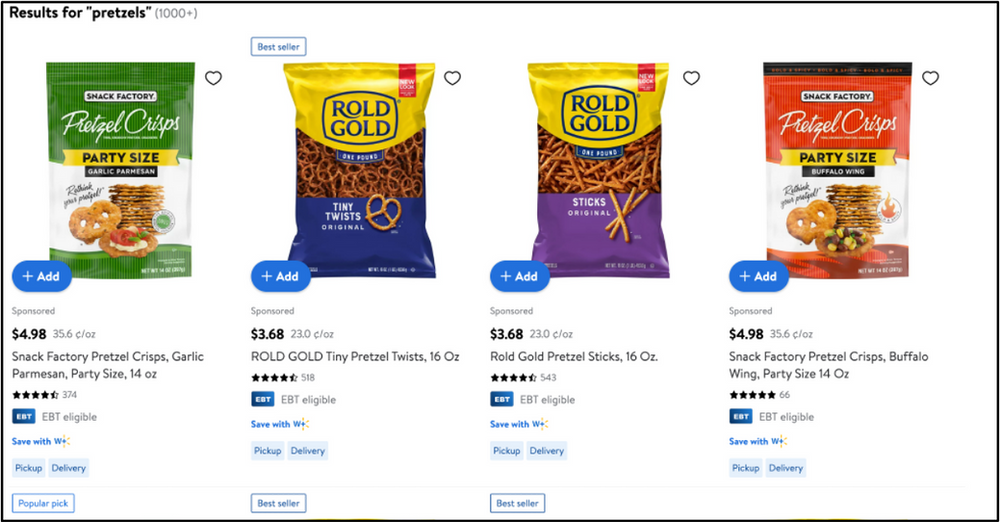By Kristin Wall, The Mars Agency
Walmart’s U.S. ecommerce sales have increased 98% over the last two fiscal years. And digital search queries on Walmart.com have increased 56% in the last year.
If those statistics alone don’t signal a dramatic shift in shopper behavior well enough, consider these: 48% of Walmart shoppers now conduct research on Walmart.com before they make a purchase in-store, and 68% of shoppers who make purchases on Walmart.com pick their orders up at the store.
These two environments, therefore, must be connected because shoppers view them as a single, seamless world — or should, at least. For shoppers, it shouldn’t feel like a Walmart.com experience or a Walmart Supercenter experience, but simply a Walmart experience.
In this environment, the secret sauce for brands is to deliver a cohesive experience across all shopper touch points, whether it’s an endcap display in-store, a social media post or a banner ad on Walmart.com.
There’s both an art and a science to making that happen. But if there’s one single element that can build a foundation for success across all touch points, it’s the product listings on Walmart.com. That’s because omnichannel shoppers often use product listings they find when searching online to decide if they want to learn more about — or buy — the product.
At The Mars Agency, we’re helping clients optimize these foundational product listings on Walmart.com by following the four steps outlined below.
Four Steps to Optimized Product Listings

1. Create the Necessary Core Content

For the most part, no two retailers are alike in the specifications they require for product listings on their website. So the best way to succeed on Walmart.com is to meet the retailer’s unique scorecard requirements:
• Have a concise product title.
• Feature the best benefits in your product description.
• Use high-quality imagery.
• Map your product data correctly.
• Optimize for relevant product attributes.
Once you’ve done that, make sure to continuously monitor your content to make sure it stays correct and current.
2. Level Up Content Quality
Walmart does not want its suppliers to simply copy and paste the content they created for Amazon.com. That actually might do more harm than good, because Walmart places a heavy emphasis on relevancy requirements for both product listings and brand advertising, to ensure that its shoppers have a consistent experience online and in-store.
Optimize your content by tracking search trends and designing with the Walmart shopper in mind. This will ensure you’re providing shoppers with the right information and product transparency they need to make informed purchase decisions and help your product stand out in their minds.
One challenge that many brand organizations face is scaling the content creation process. Centralizing your content development to establish a single source of truth can help teams across the organization create and edit content in bulk, making the process scalable and reducing your time to market. It can also help you stay up to date with the changes to content requirements Walmart makes periodically, so your product listings aren’t hung up by compliance issues.

3. Inspire Confidence with User-Generated Content
Authenticity is your most important asset and a great way to build that is through customer feedback — which also is critical to improving your Walmart.com Relevancy Score (which we’ll discuss below). Having both quantity and quality of reviews not only drives discoverability by increasing clicks and improving search results, it’s also an important factor in making your products shoppable.

It also gets your products purchased: Interaction with reviews doubles a shopper’s likelihood to buy because their trust grows significantly through the interaction. Sampling programs like Walmart Spark Reviewer or syndicated platforms like Bazaarvoice can provide brands with fresh reviews, whether they’re launching a new product or simply need to boost the review recency on Walmart.com.
Reviews also deliver a goldmine of customer insights for multiple teams in the organization, including R&D, brand, marketing, sales and customer service. They can alert brands to manufacturing flaws or uncover potential product improvements or new usage occasions. You can also analyze customer reviews to find recurring themes that can then be used to optimize your product listings.
4. Drive the Flywheel with Search
Search is a cyclical process: Brands employ the right keywords to get their products in front of shoppers, and that drives page traffic and conversion, which then improves search rank.
Walmart uses an internal metric called Relevancy Score to determine if a product listing — either organic or paid — is eligible for a top position on the results page for a specific keyword. And the best way to improve your Relevancy Score for that keyword is to improve its organic rank.
You can do this by meeting Walmart’s requirements and optimizing the content on your page (as discussed earlier). Using concise product titles that highlight specific attributes like type, flavor, size or form, for instance, will ensure that your products are visible when shoppers use those filters to search.
But remember that paid search is not a substitute for organic search and the two should be used together strategically: If your organic listing ranks higher than your paid listing, you might be wasting the ad spend.
Selecting the right categories and applying the most relevant keywords can improve your overall search performance. You need to find keywords that will deliver the page traffic that converts into sales, not just keywords that will get you ranked highly in results.

Here’s one tip: Using long-tail keywords that relate specifically to your product description can help generate high-conversion traffic. Don’t just try to compete on the most popular terms, but instead find the sweet spots that will really drive sales.
The bottom line is that evaluating and improving the quality of your product listing should be part of the planning process for your retailer search and media campaigns. High-quality imagery and data like titles and descriptions — combined with authentic, quality reviews — can create an engaging experience that will inspire purchase decisions and drive sales.

About the Author
Kristin Wall is Senior Director of Ecommerce at The Mars Agency, where she lead the digital shelf center of excellence and helps brands navigate the art and science of creating connected shopping experiences.
A marketing leader with 14-plus years of experience in digital strategy, she has built innovative and compelling programs that create impact by developing a thorough understanding of the consumer, the growth opportunities, and the challenges.